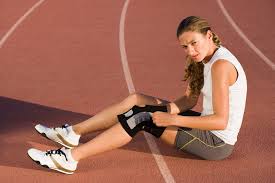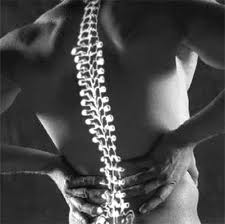
According to analysis of a recent study, physical therapy sessions provide both immediate and long-term relief for patients with sciatica.
The research involved 165 patients with moderate or severe sciatic pain. They participated in physical therapy sessions for three months. Immediately after a PT session, 85 percent of patients reported reduced leg pain through centralization. Centralization happens when the radiating leg pain associated with sciatica retreats to the spine, where the pain originated, and is associated with a good prognosis in sciatica patients. In this study, researchers were investigating whether certain patients were more likely to experience centralization following a PT session.
The researchers concluded that because the majority of participants experienced centralization, physical therapy can reduce sciatic pain, regardless of the type of disc lesion causing pain. Following three months of physical therapy, all of the patients involved in the study reported a reduction in leg pain and improved ability to perform daily activities. Those who saw immediate centralization reported the most significant improvement, but even those who did not find immediate relief after one physical therapy session experienced long-term improvements in sciatica symptoms. All patients involved found that these benefits remained at a follow-up visit one year after the therapy sessions.
This study confirms that physical therapy reduces radiating leg pain for many patients, providing both short and long-term results.
Joint Rehab is a health clinic which focuses specifically on your needs for therapy and rehabilitation.Joint Rehab Providing services in massage therapy, Physiotherapy in Markham, ON.





